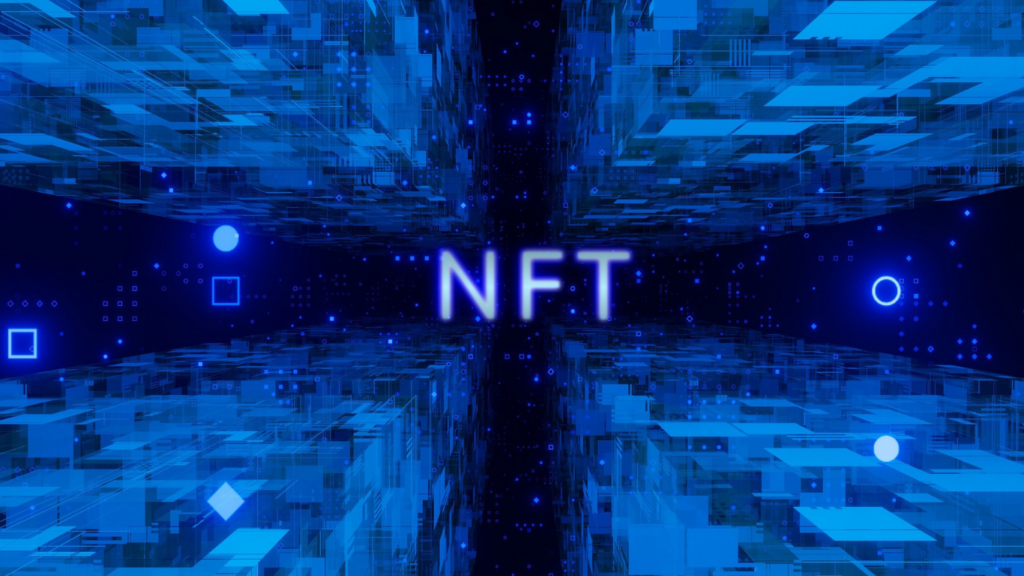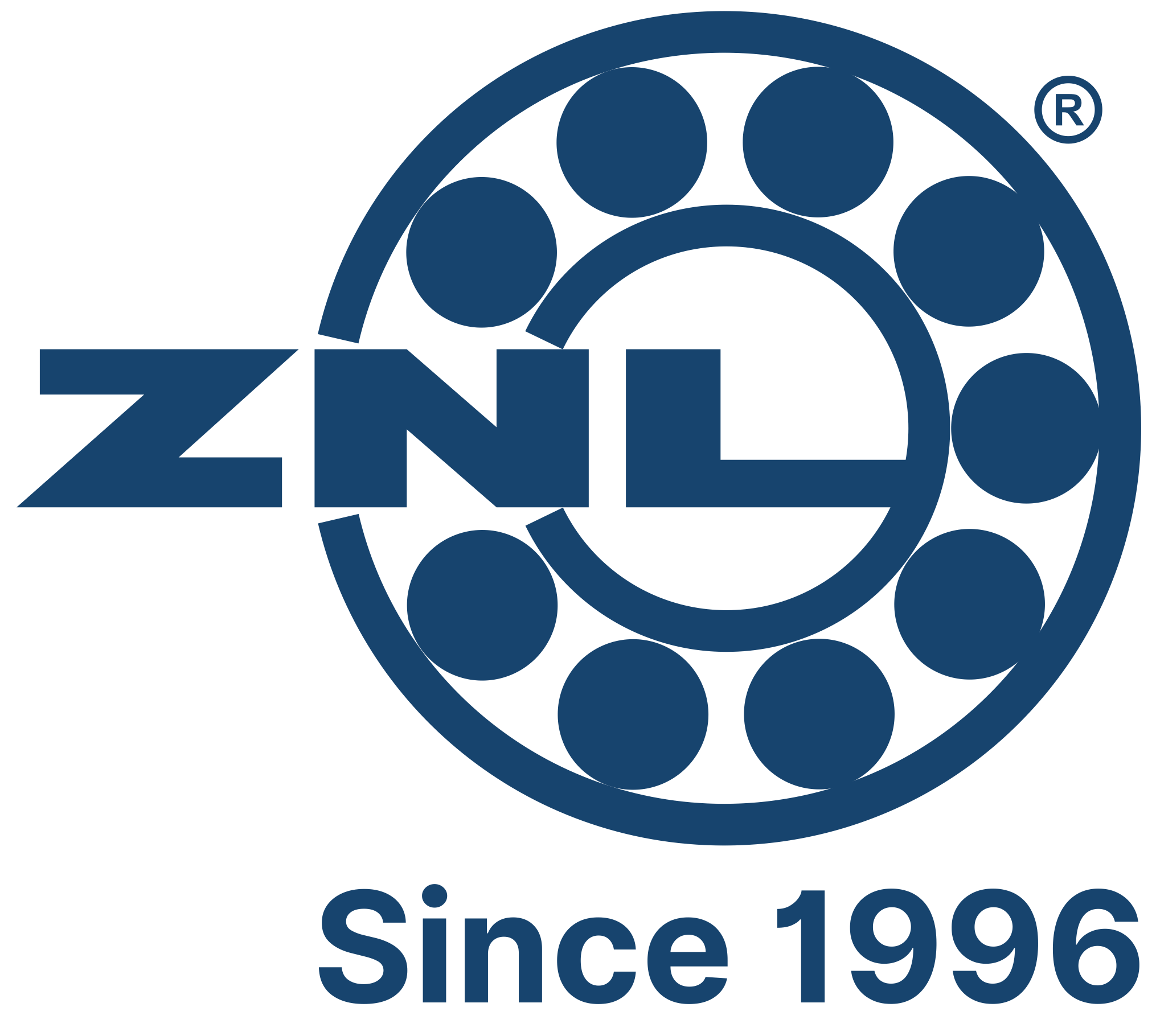What 2023 Holds for Blockchain Technology
Since its introduction, blockchain technology has had a period of rapid development, and it is continuing to cause widespread disruption across a variety of business sectors throughout the world. As we go into the year 2023, it is imperative that a close watch be kept on the developing tendencies that will determine the future of blockchain. Znl bearings apart from bearing industry updates also keep its readers up to date with growing technology around the world. If you missed our previous blog on what Blockchain is and its benefits here it is. The following is a list of the most important developments in blockchain technology that will be taking place in 2023, ranging from improvements in scalability to the rise of decentralized finance (DeFi).

I. Enhanced Scalability Solutions
Blockchain has faced challenges in terms of scalability, often struggling to handle large-scale transactions efficiently. However, in 2023, we can expect significant progress in enhancing scalability solutions. Layer 2 protocols like the Lightning Network for Bitcoin and state channels for Ethereum will gain more traction, enabling faster and cheaper transactions. Additionally, sharding and other consensus mechanisms, such as proof-of-stake (PoS), will be further explored to improve blockchain scalability.
II. Interoperability and Cross-Chain Communication
Interoperability will be a critical focus in 2023 as blockchain networks strive to communicate seamlessly with each other. Projects like Polkadot, Cosmos, and ICON aim to create interoperable frameworks that allow different blockchains to share data and assets, fostering a more connected ecosystem. Cross-chain communication will enable decentralized applications (dApps) to leverage the strengths of multiple blockchain networks, enhancing overall efficiency and usability. Not just this, it will also enhance people experience in Metaverse.
III. Decentralized Finance (DeFi) Expansion

Decentralized finance (DeFi) has been one of the most significant trends in the blockchain space, and its growth is expected to continue in 2023. DeFi applications offer traditional financial services like lending, borrowing, and trading in a decentralized and trustless manner. With the emergence of DeFi protocols on various blockchain platforms, such as Ethereum and Binance Smart Chain, we can anticipate the expansion of DeFi offerings and an increase in adoption by both retail and institutional investors.
IV. NFTs and Digital Asset Ownership

Non-fungible tokens (NFTs) were all over the news in 2021, but in 2023, their influence will be felt even more strongly. NFTs stand in for one-of-a-kind digital assets including works of art, virtual collectibles, and virtual properties. They do this through the utilization of blockchain technology in order to establish provenance, ownership, and scarcity. Tokenization of real-world assets such as real estate, intellectual property, and even human identities can be expected to become more prevalent among novel applications of NFTs throughout the course of the upcoming year.
V. Privacy and Confidentiality Solutions
Blockchain technology is often associated with transparency and immutability, but privacy concerns remain. In 2023, we will witness the rise of privacy and confidentiality solutions that enable secure and private transactions on public blockchains. Zero-knowledge proofs, such as zk-SNARKs, and privacy-focused blockchains like Monero and Zcash, will continue to evolve, providing users with enhanced privacy options while still benefiting from the advantages of blockchain technology.
VI. Central Bank Digital Currencies (CBDCs)
The potential of central bank digital currencies (also known as CBDCs) is currently being intensively investigated by central banks located all over the world. CBDCs, also known as central bank digital currencies, are essentially digital versions of fiat currencies that are issued and controlled by central banks. We can anticipate that additional nations will begin piloting and launching their CBDCs in 2023, with the intention of utilizing the benefits offered by blockchain technology to facilitate transactions that are faster and more efficient, lower costs, and increase financial inclusion.
VII. Sustainability and Green Blockchain Solutions
As the environmental impact of blockchain mining activities becomes more evident, sustainability will be a key focus in 2023. Blockchain projects will strive to adopt more sustainable practices, exploring energy-efficient consensus algorithms like proof-of-stake (PoS) and embracing renewable energy sources. Additionally, initiatives like carbon offsetting and green blockchain solutions will gain traction to mitigate the ecological footprint of blockchain networks.

VIII. Enhanced User Experience and User-Friendly Interfaces
The user experience that blockchain technology provides needs to be one that is straightforward and simple to understand in order for it to achieve widespread acceptance. It is reasonable to anticipate that user interfaces and user experience design for blockchain apps will have undergone considerable advancements by the year 2023. It will be a priority for developers to provide smooth interactions and intuitive interfaces, which will make the complexity of blockchain technology easier to understand and utilize for the typical user.
To summarize, there are promising opportunities awaiting blockchain technology in 2023. The most important trends to watch are improved user experience, enhanced scaling solutions, interoperability, the spread of decentralized file systems (DeFi), the rise of network-based tokens (NFTs), privacy and confidentiality solutions, CBDCs, and sustainability. Individuals and companies are able to realize the full potential of blockchain technology and maintain a competitive advantage in the ever-shifting digital landscape if they remain knowledgeable about the aforementioned developments.









